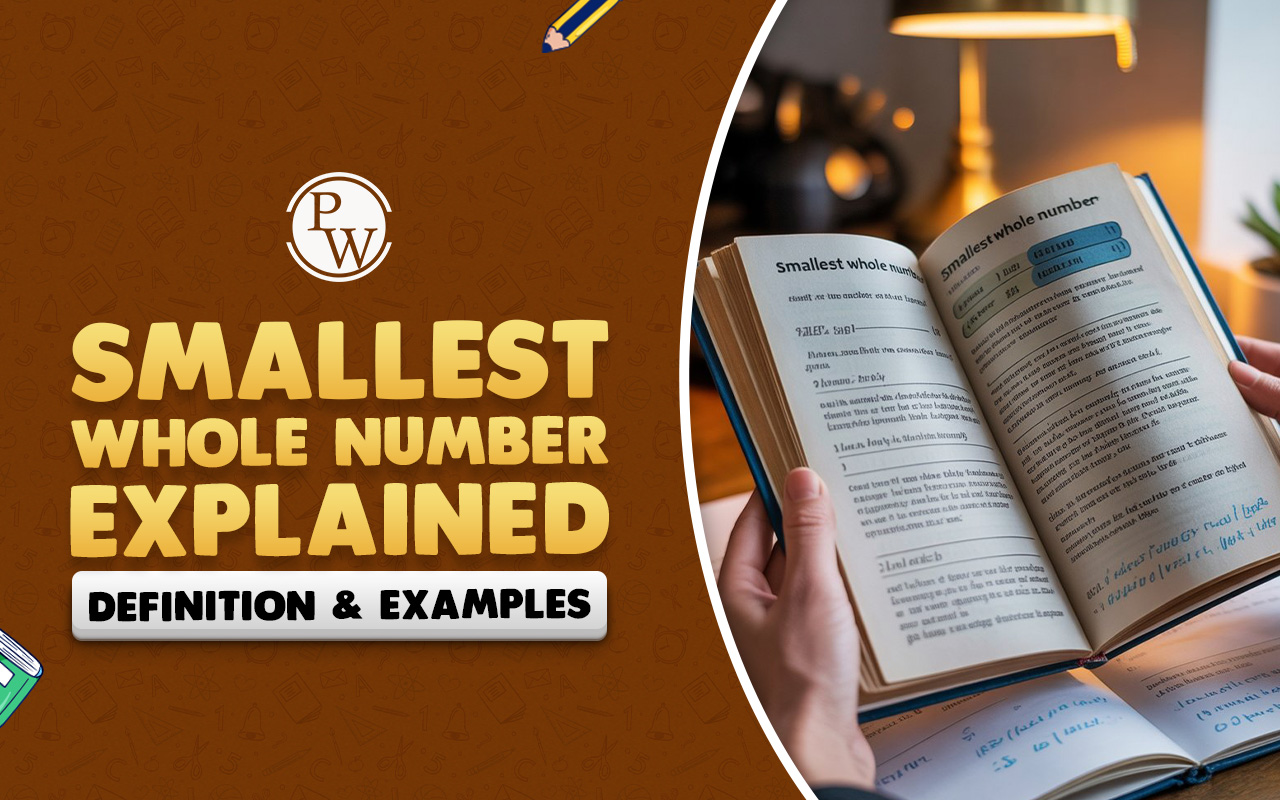
Points and Lines
Geometry starts with two most basic and fundamental concepts: points and lines. A point is an exact point of space whereas a line involves the extension between points and is infinite in one direction. Although they may appear abstract, points, and lines can be found everywhere in maps, buildings, drawing and measurement.
Knowing these fundamental concepts enables the students to have an idea of how shapes, angles, and spaces interrelate with one another. Students can learn what a point and a line are, types of points and types of lines in detail below. By mastering these ideas, learners build a foundation for all further geometry and spatial reasoning.
Read More: Basic Geometrical Ideas
What is a Point and a Line?
In order to understand the mathematics of geometry, it is important to have a clear definition of point and line. These elements are abstract but essential for describing shape, direction, and position.
What is a Point?
A Point is the most fundamental geometric element. It shows a precise location but is not of any dimensions, has no length, no width, and no height. Just think of it as an indicator of a position only.
-
Notation: A point usually appears as a tiny dot and is named with a capital letter, such as point A or point B.
-
Dimension: A point is zero-dimensional; it has nothing but position with no size.
-
Use: Points are used in shape definition, intersection marking, and coordinate representation in space.
-
Coordinate geometry: In a plane, a point is denoted by an ordered pair (x,y)(x,y)(x,y). These are two numbers which indicate the exact position of the point with respect to the axes.
Because a point has no size, it’s purely a marker for “this exact location” in geometry.
What is a Line?
A line is a straight, one-dimensional path that goes on forever in both directions. It is formed by connecting two distinct points and extending beyond.
-
Notation: A line is typically named by two points on it (for example, line AB) or with a lowercase letter (for example, line l ll).
-
Dimension: A line is one dimensional; it has length but no width or thickness.
-
Properties: A line extends without end, has no endpoints, and stays straight (no curvature). It is continuous and generally infinite.
-
Use: Lines are used to define directions, create shapes, and form angles between them.
-
Equation form: In algebraic geometry, a line can be represented by a linear equation such as y = mx + c, where m is the slope and c is the y-intercept.
A line is thus a fundamental geometric object showing direction and alignment between points.
Read More: Formula To Find Midpoint
Types of Points and Lines
The following are the types of Points and Lines based on their position, interaction, and properties in geometry. These categories help in understanding how points and lines are used in various geometric figures and concepts.
Types of Points
The following are common classifications of points based on their arrangement in space.
-
Collinear Points: These points are on the same straight line and therefore are said to be collinear. Example: Points A, B, and C are collinear if they are on Line AB.
-
Non Collinear Points: These points cannot be on a single straight line and, therefore, are noncollinear. The three points that form a triangle are non-collinear.
-
Coplanar Points: The flat surface (plane) where all points are located is the same. A lot of geometry problems assume points to be coplanar when two dimensions are involved.
-
Non Coplanar Points: These points are in such a position that they do not all belong to the same plane. In three-dimensional space, some points may be lying on different planes, thus making them non-coplanar.
These classifications are very useful when it comes to building shapes, finding planes, and dealing with problems related to space.
Types of Lines
Lines too are classified by how they interact, by length, or by direction. Below are some main types of lines in geometry.
-
Straight Line: This is the very basic line that does not bend and extends indefinitely. This is the simplest form of line.
-
Line Segment: A line segment is part of a line that is limited by two endpoints. In contrast to a full line, a line segment has a fixed length measured between its endpoints.
-
Ray: A ray is defined as starting from a specific point and extending in one direction infinitely. In that direction, it has one endpoint but no endpoint at the other.
-
Parallel Lines: These lines never meet and at the same time lie in the same plane. They are always the same distance apart regardless of the extent.
-
Intersecting Lines: These lines cross each other at exactly one point only and that point is known as the point of intersection.
-
Perpendicular Lines: These lines are at right angles (90°) to each other when they cross. They are very useful for constructing squares, rectangles, and grids.
-
Transversal Line: A transversal is a line that intersects two or more other lines at distinct points. It is often used in angle and parallel line problems.
These various types of lines help us reason about shapes, angles, and geometry constructions.
Also read: Types of line in Math
Help Students Improve Math Confidence and Speed with CuriousJr
PW CuriousJr offers a Mental Maths Classes that helps students improve their speed and accuracy in solving math problems. The course follows a step-by-step structure focused on key math topics, allowing students to build their skills gradually. It encourages solving problems mentally, helping students become more confident and comfortable with numbers.
The lessons are simple, clear, and engaging, making it easier for students to practice regularly and effectively. The course focuses on strengthening core math concepts like addition, subtraction, multiplication, and division while improving calculation speed.
PW CuriousJr supports steady learning through practical activities that lead to better understanding over time. This approach helps students develop strong mental math skills without stress. It is ideal for school students who want to improve their everyday math abilities in a focused, easy-to-follow way.









